AO Edited
Great Zimbabwe
The largest prehistoric ruins south of the Sahara, once a powerful center of international trade.
The ruins of this once-magnificent city are rich in historical significance, architectural wonders, and unsolved mysteries.
Until fairly recently, the origin of Great Zimbabwe was a contentious issue among Western archeologists, most of whom initially refused to believe such an impressive and complex structure could be the work of native Africans. When Portuguese traders first described the massive city in the 16th century, the site was popularly believed to be one of the fabled cities built by the Queen of Sheba. Nineteenth-century archeologists posited that the city was of Egyptian or Phoenician origin. With reasoning characteristic of the racial attitudes that defined the era of Western colonization of Africa, the presence of indigenous artifacts in the city was regarded as evidence not of the original builders, but of the subsequent occupation.
Attempts by Westerners to establish a non-African race as the city’s original designers resulted in the removal and destruction of numerous original artifacts and a devastating loss of archeological evidence. Despite this loss, objective findings by 20th-century archeologists eventually led to the conclusion that the city was indeed of African origin, though such findings were later repressed in attempts to undermine the African Nationalist movement. Today the builders are widely recognized to be ancestors of the Shona tribe, one of the region’s Bantu-speaking groups. The name “Zimbabwe” is said to have come from the phrase “dzimba dza mabwe” in the Karanga dialect, meaning roughly “houses of stone”.
Great Zimbabwe is estimated to have been built between 1100 and 1450 AD, and its ruins span roughly 1,800 acres. The city, which may have housed anywhere from 12,000 to 18,000 residents in its prime, is divided into three distinct architectural groups known as the Hill Complex, the Valley Complex, and the Great Enclosure. The Great Enclosure bears the distinction of being the largest sub-Saharan prehistoric structure and boasts an 800-foot-long outer wall. These walls, which reach heights of 32 feet, were constructed entirely without the use of mortar; the granite used in the walls’ construction was split into blocks that fit together evenly and did not require the use of any kind of binding substance. Great Zimbabwe was once believed to be a hub of international trade, and artifacts recovered from the site were brought from as far away as China. Indigenous artifacts include eight large Zimbabwe birds carved from soapstone, which were believed to originally stand in the Eastern Enclosure of the Hill Complex.
Though the identity of the city’s builders is no longer debated, many questions remain. The site, though well-positioned for trade, was not suited for the large-scale farming necessary to support the city’s population, and it is speculated that the depletion of natural resources played a role in its eventual abandonment. Despite researchers’ best guesses, however, the motivation behind the city’s initial construction and its later abandonment by the original inhabitants remains a mystery. The purpose of some of the city’s more prominent structures, such as the Conical Tower, also remains unknown.
Know Before You Go
The site is approximately half an hour from Masvingo by road. Access is possible via local minibus, as well as scheduled and chartered bus services. Masvingo is approximately five hours from Harare and three from Bulawayo.

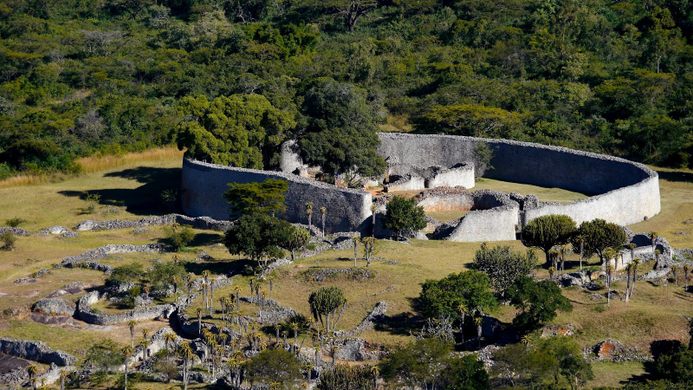






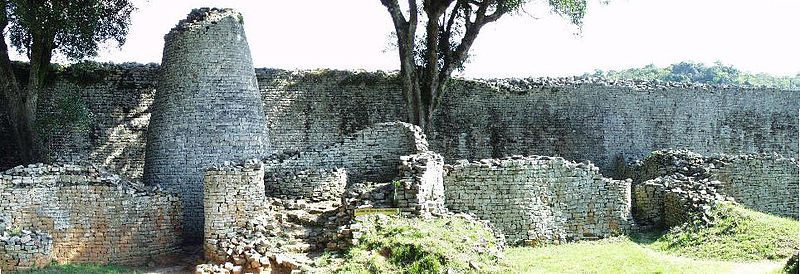

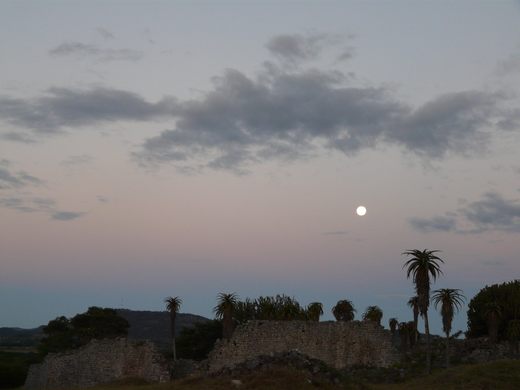




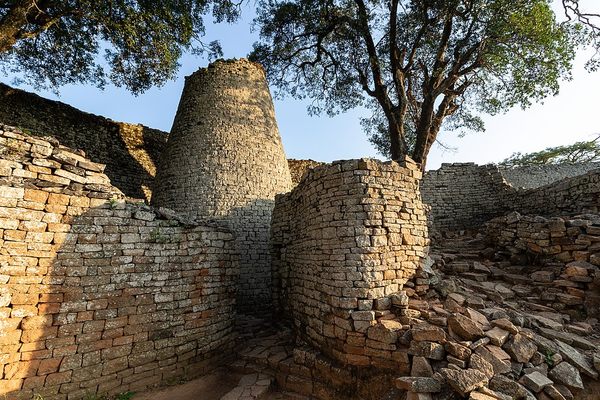












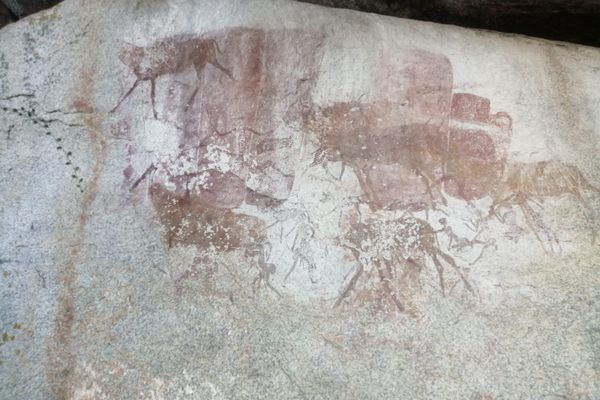

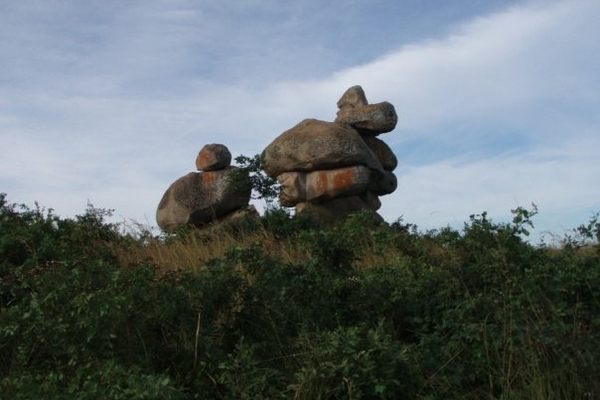



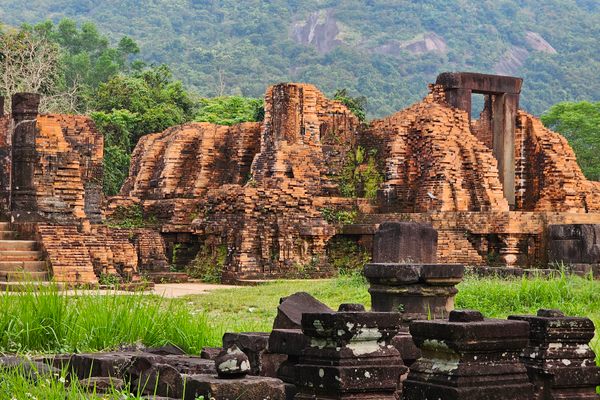

Follow us on Twitter to get the latest on the world's hidden wonders.
Like us on Facebook to get the latest on the world's hidden wonders.
Follow us on Twitter Like us on Facebook